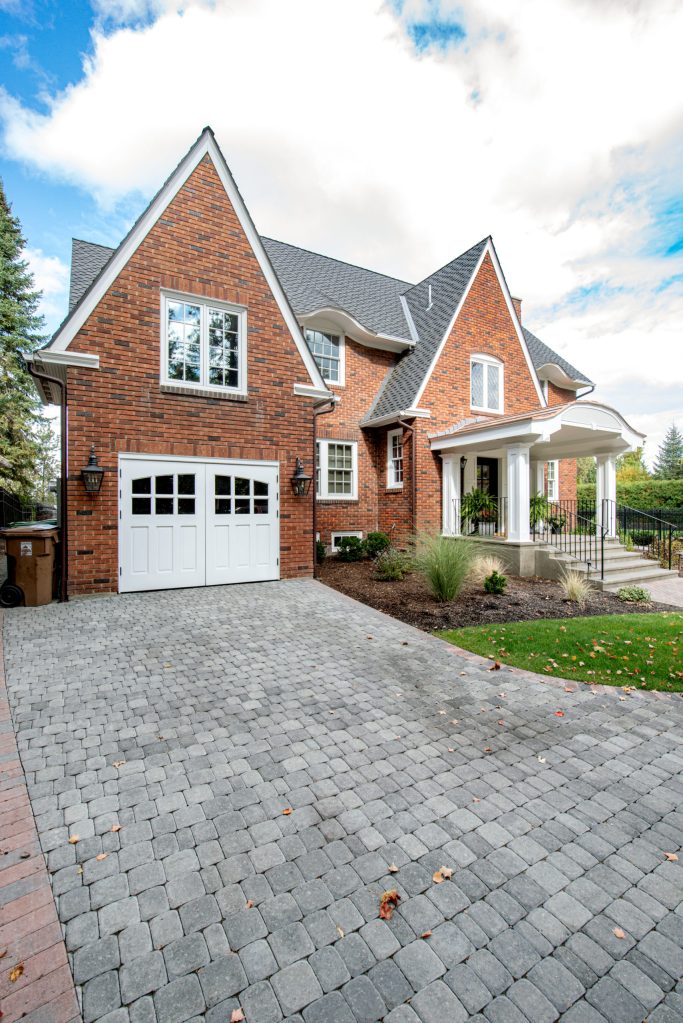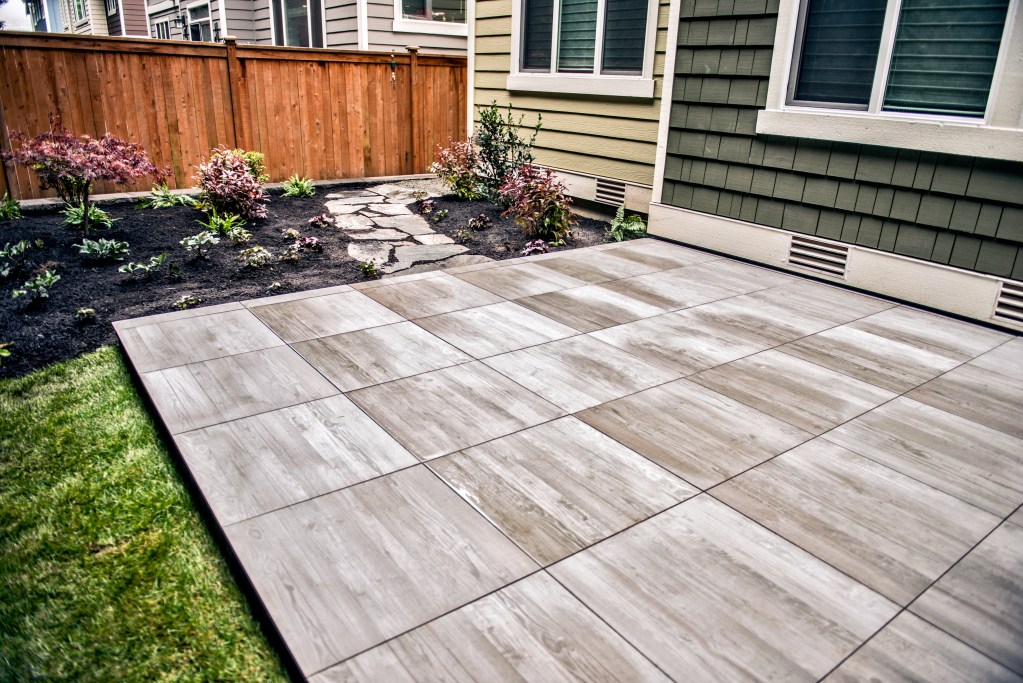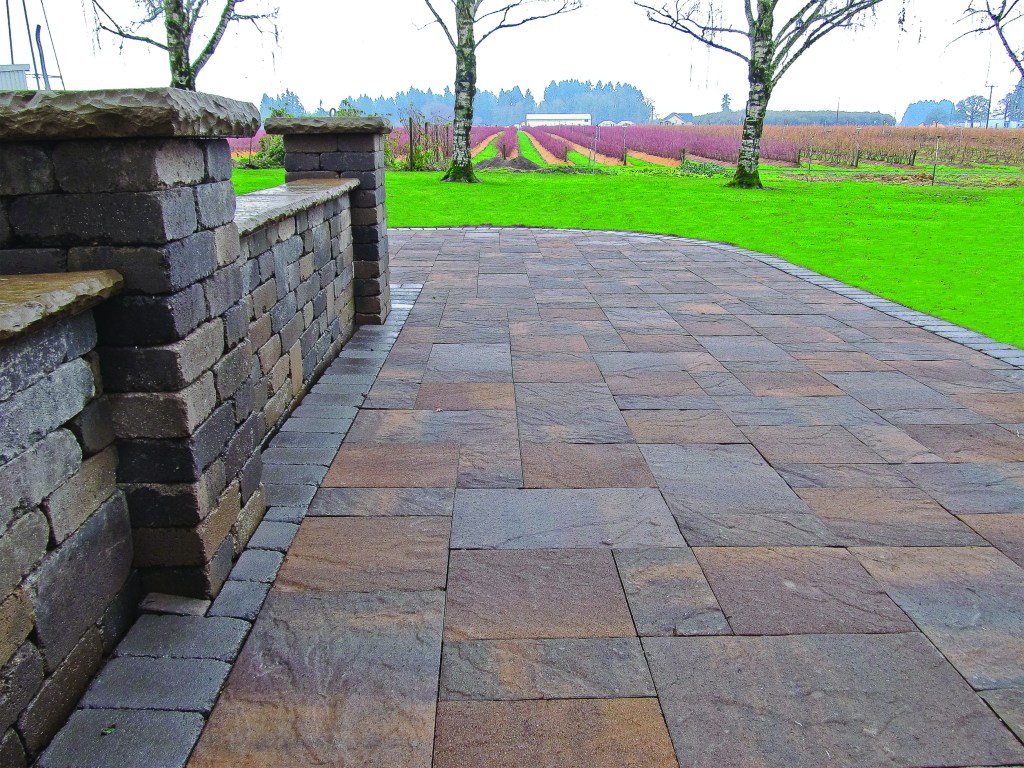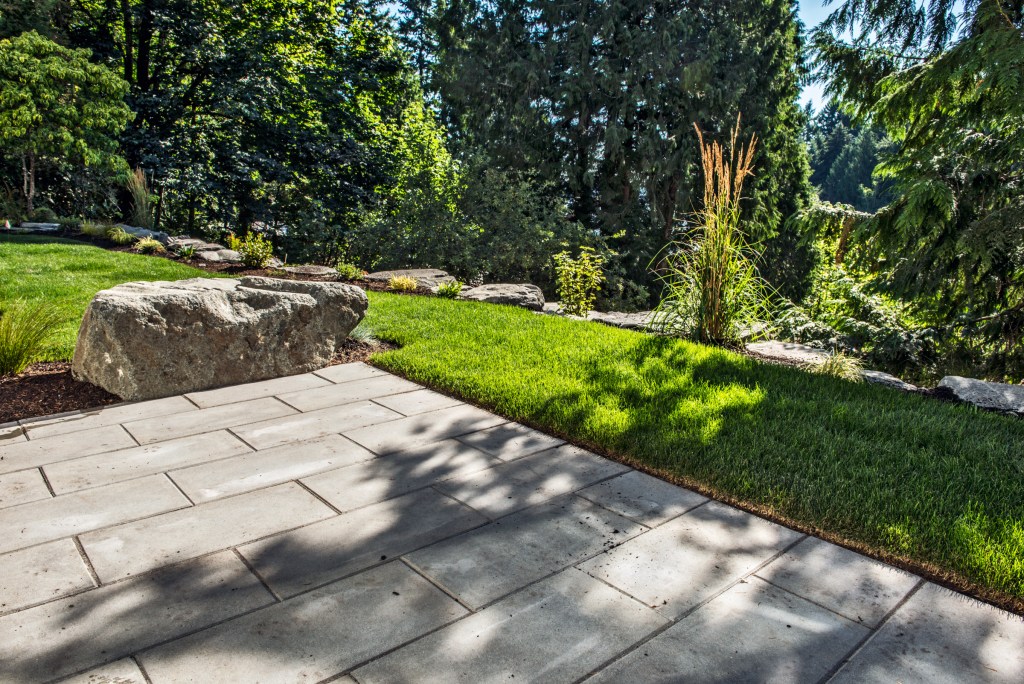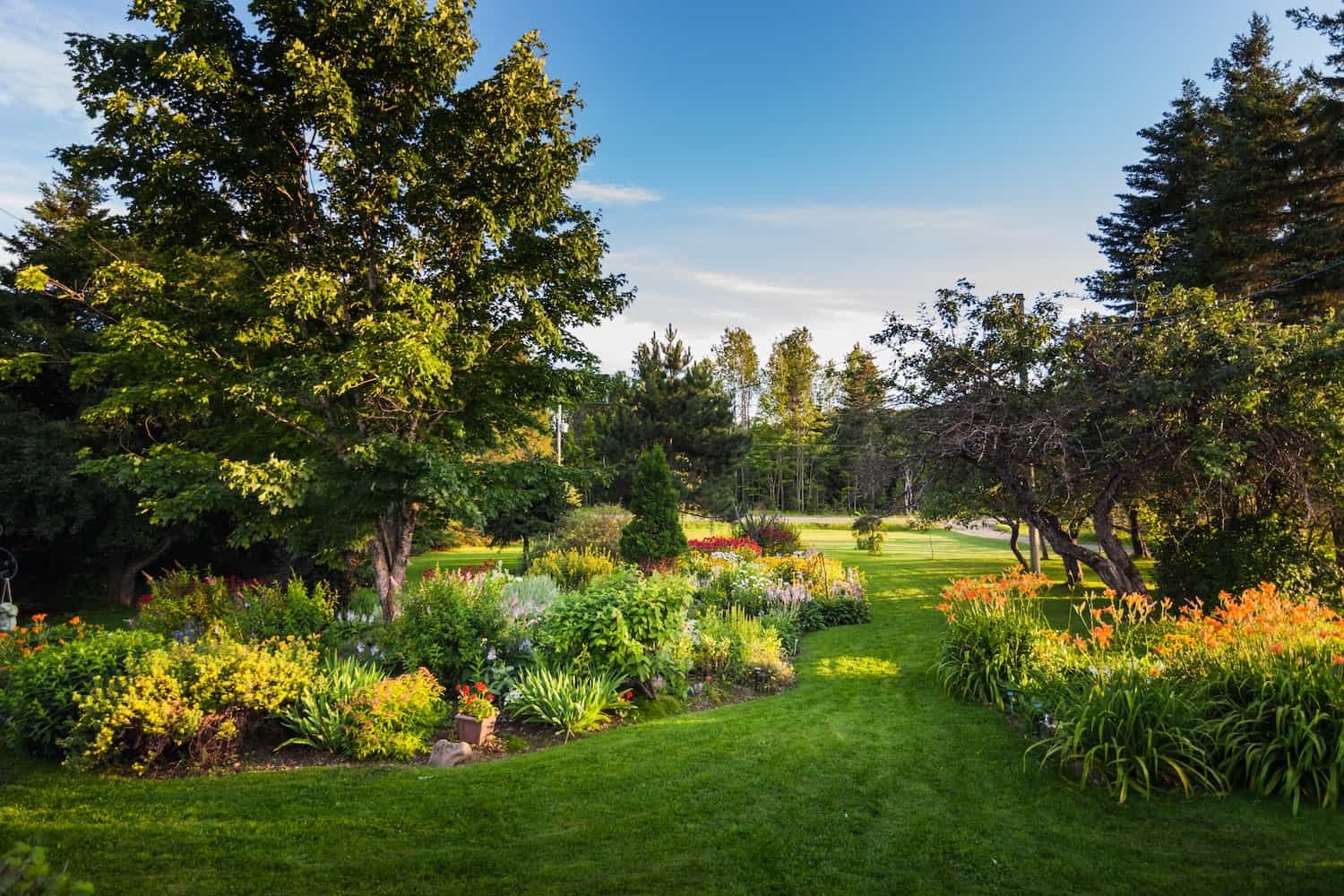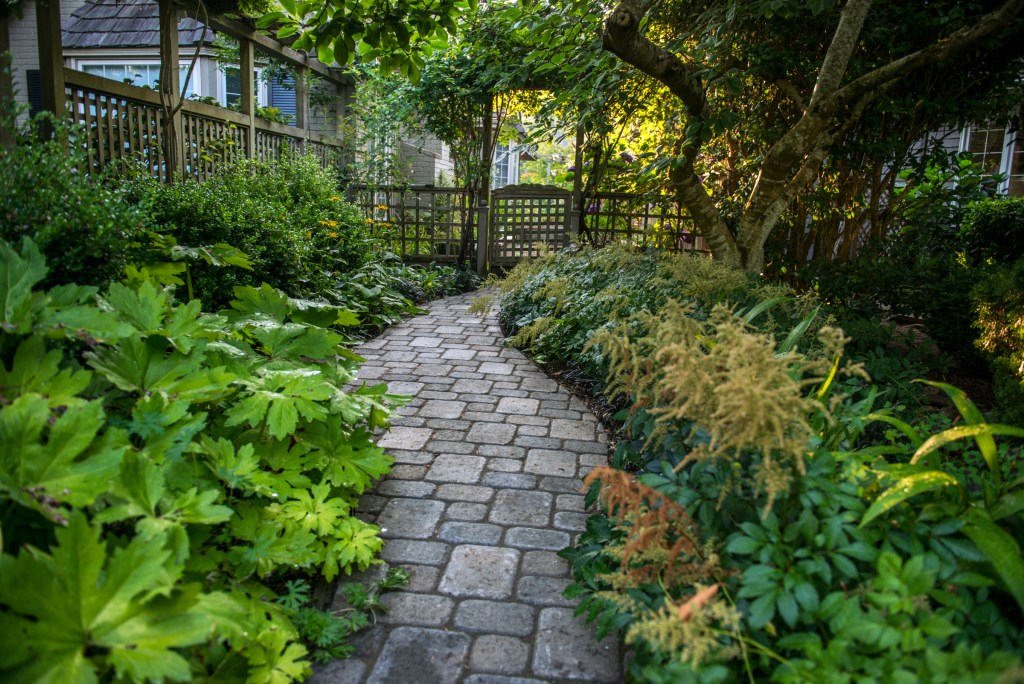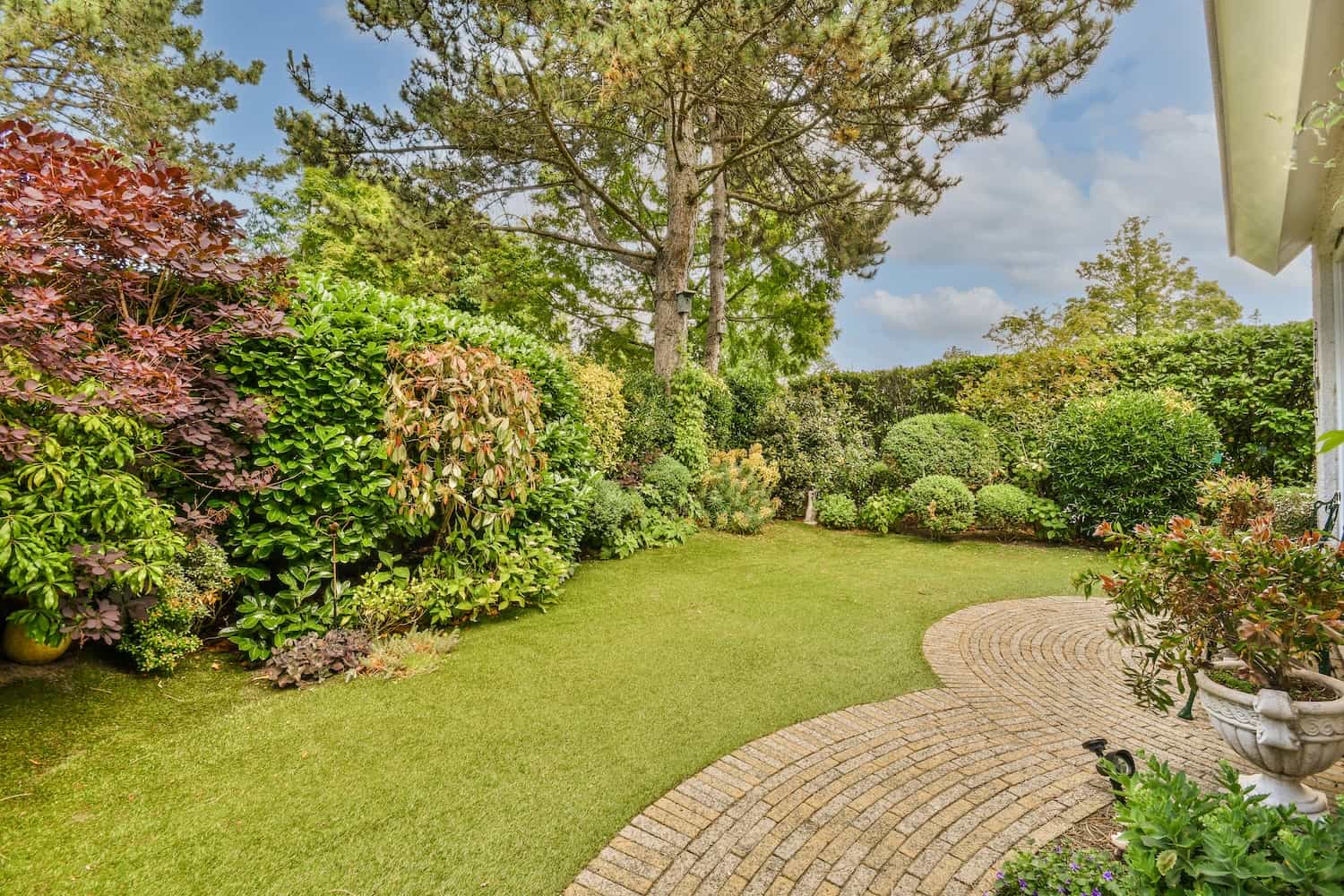Types of Irrigation Systems
Drip Irrigation: Drip irrigation delivers water directly to the roots of plants through a network of tubing and emitters, ensuring that water is applied where it’s needed most.
Benefits:
- Water Efficiency: Uses less water compared to traditional methods, reducing waste and conserving water.
- Minimizes Weed Growth: Water is targeted to the roots of plants, which reduces excess moisture in the surrounding soil, minimizing conditions for weed growth.
Sprinkler Systems: Sprinkler systems spray water over the garden in a manner that simulates natural rainfall, covering large areas.
Types:
- Fixed Sprinklers: Stationary sprinklers that water a specific, fixed area.
- Rotary Sprinklers: Sprinklers that rotate to cover a larger area, offering more even distribution of water.
Benefits:
- Ideal for Large Areas: Sprinklers are well-suited for watering lawns and expansive garden spaces.
- Automatable: These systems can be automated for convenience, ensuring consistent watering at set times.
Soaker Hoses:Soaker hoses are perforated hoses that slowly release water along their entire length, delivering moisture directly to the soil.
Benefits:
- Targeted Watering: Great for flower beds and gardens, providing moisture directly at the soil level.
- Customizable Layout: The hoses can be laid out in various shapes and configurations to match the specific layout of your garden.
Planning for Efficient Water Use
Watering Schedule:
- Timing: Water your plants early in the morning or late in the evening to minimize water loss through evaporation, which is highest during midday heat.
- Frequency: Adjust watering frequency according to weather conditions and plant needs. For instance, more frequent watering may be required during summer, while less frequent watering is necessary during winter.
Soil Moisture Testing:
- Method: To check the moisture level of your soil, insert your finger about an inch into the ground. If the soil feels dry at that depth, it’s time to water. This simple test helps ensure that you’re not over or under-watering.
Mulching:
- Purpose: Apply organic mulch, such as wood chips, straw, or leaves, around plants to help retain soil moisture, regulate temperature, and suppress weed growth. Mulch also enriches the soil as it decomposes.
Rainwater Harvesting:
Description: Rainwater harvesting involves collecting rainwater in barrels or storage systems from rooftops or other surfaces for use in your garden or landscape.
Benefits:
- Free Water Source: Collecting and using rainwater reduces reliance on municipal water systems, offering an eco-friendly alternative.
- Reduces Runoff: Harvesting rainwater helps reduce stormwater runoff, which can lead to erosion and flooding.
Solving Drainage Issues with Grading and Water Management Techniques
Grading:
Definition: Grading is the process of shaping the land’s surface to control water flow and prevent excess water from accumulating around plants or buildings.
Techniques:
- Create a Slope: A slight slope away from buildings helps direct water away from structures, preventing flooding and water damage.
- Use Berms: Raised areas, or berms, can direct water flow and prevent erosion in low-lying areas of the garden.
Installing Drains:
Types:
- French Drains: These are trenches filled with gravel and a perforated pipe that redirects water away from soggy or waterlogged areas. They are often used in areas prone to standing water.
- Surface Drains: These drains collect water from low spots in the landscape and direct it to a drainage system, preventing ponding and waterlogging.
Benefits:
- Prevents Flooding: Proper drainage prevents standing water that could drown plants or create mosquito breeding grounds.
- Protects Soil Health: Good drainage ensures healthy soil by preventing waterlogging, which can compact the soil and hinder plant growth.
Bioengineering Solutions:
Description: Bioengineering uses plants and natural materials to improve soil stability and manage drainage effectively.
Examples:
- Deep-Rooted Plants: Certain plants, such as native grasses or trees, can help break up compacted soil, allowing water to flow more easily through the soil and preventing erosion.
- Rain Gardens: Rain gardens are designed to absorb and manage stormwater runoff. They are typically planted with water-tolerant native plants that help filter and manage water before it runs off into nearby areas.
Summary Notes
- Irrigation Systems: There are several effective irrigation options—drip irrigation, sprinkler systems, and soaker hoses—that can help keep plants healthy while conserving water.
- Efficient Water Use: Implementing efficient watering schedules, testing soil moisture, mulching, and harvesting rainwater are key strategies for reducing water waste and supporting healthy plant growth.
- Drainage Solutions: Proper grading, installing drains, and using bioengineering techniques help manage water flow and prevent water damage or plant root issues.
Considerations:
- Drip Irrigation: Use drip lines in a vegetable garden to provide direct, targeted watering, reducing waste and minimizing weed growth.
- Sprinkler System: Install rotating sprinklers in your lawn to ensure even coverage of large areas while conserving water.
- Rainwater Harvesting: Collect rainwater in a barrel to irrigate your garden, especially during dry periods, to conserve water and reduce utility costs.
Key Definitions
- Irrigation: The artificial application of water to soil or land to assist in growing crops or plants.
- Drainage: The process of removing excess water from an area to prevent flooding and ensure proper plant growth.
- Grading: The shaping of land surfaces to direct water flow away from structures and plant roots, preventing erosion and water accumulation.
By selecting the appropriate irrigation system for your garden, planning for efficient water use, and managing drainage issues with grading and bioengineering, you can maintain a healthy, thriving landscape while conserving resources.
Lee’s Landscape, Hardscape, Softscape Design Series:
- I. Introduction to Landscape Design
- II. Planning and Assessing Your Space
- III. Defining Your Landscape Goals
- IV. Principles of Landscape Design
- V. Hardscape Design Elements
- VI. Softscape Design Elements
- VII. Water Features and Ponds
- VIII. Outdoor Lighting
- IX. Designing for Outdoor Living
- X. Sustainable and Eco-Friendly Landscaping
- XI. Garden Structures and Accessories
- XII. Climate-Responsive Landscaping
- XIII. Irrigation and Drainage Solutions
- XIV. Landscape Maintenance and Care
- XV. DIY vs. Hiring a Professional





